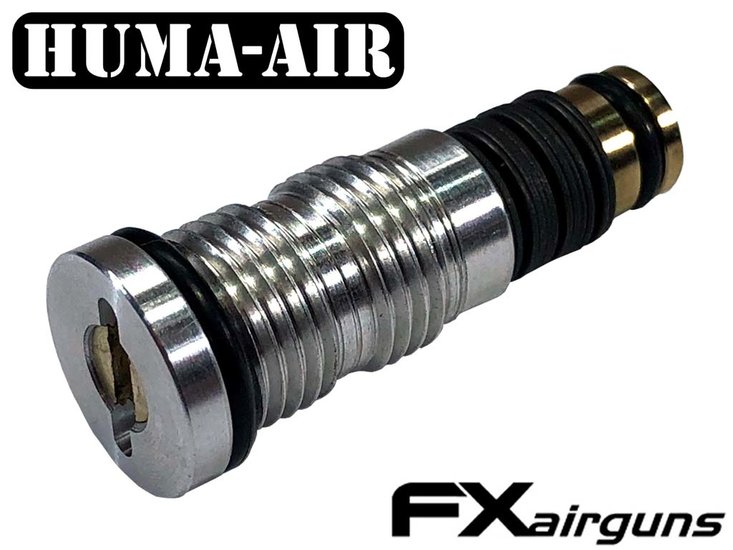pcpSWE,
10 Joule is 7.5 FPE, which is HW30 spring piston air rifle territory. Close to ideal for short range indoor small bird pesting, especially with wadcutter pellets.
If that seems too potent for your purposes, then choking the transfer port adjuster way down seems like the most effective way to reduce velocity, that should not increase velocity spread. Yes, you can reduce the regulator settings, but if you go too far down, getting the pellets to accelerate consistently from a "standing start" might become more difficult. That said, CO2 "airguns" run at about 800 PSI, depending on ambient temperature, so that should not be too low. You will just need to experiment, while using a chronograph to see what is going on.
If you don't have a chrono, shoot groups at a meaningful distance for your purpose. Perhaps 10 or 20 yards or meters. That should show vertical stringing, if you have too much velocity variation at ranges you care about. The same setting may show major vertical stringing at 50 yards or meters, but as even 10 Joule is too low for that distance, we can assume you consider 50 meter results outside the operating envelope.
Other than turning the TP adjuster down to strangle airflow, there is a setting for how far the valve opens. Set that way down also. That restricts flow and valve dwell.
The hammer spring adjuster should "match" the regulator setting. If you have two regulators, it is the second one that sets the power - assuming it is set to a lower pressure than the first one. There is supposed to be a step in reg pressure between the first and second that is not too large or too small for optimal consistency. UK sub 12 FPE (16 J) tuning tactics are closer to relevant, than those for "FAC" or full power.
Many FX PCPs have a brass part that contains two transfer ports. By removing this part and flipping it over to the other TP, power for pellets or "slugs" may be optimized. Some of these FX TP parts have only one transfer port machined. If your Crown has one of those, you can drill your own ultra small TP in the blank side, and use that. A hole of perhaps 2.5 mm diameter might allow you to use a reasonable regulator setting for consistency, while choking the flow once the pellet starts moving to limit power. Starting small at perhaps 2 mm with this custom TP, trying it, and then enlarging it if required seems the smart strategy; as one cannot put metal back. The first video below shows this customizable FX TP. Just make sure to deburr the new TP holes; especially on the inside, so pellets will not be damages by sliding over the hole on loading.
The second video shows tuning for low power, although; "low power" may be relative; depending on caliber. What caliber is your Crown? If .177 then somewhere between 500 and 600 FPS should do what you need it to do. Think of optimizing accuracy for Olympic 10 meter target competition, and the typical velocities they operate at. They are limited to sub 600 FPS muzzle velocity to reduce wear on their scoring target system, and reduce lead dust; apparently. Less than 500 FPS muzzle velocity, and you may not have the penetration you need to kill pest birds humanely at 10 meters - although I am sure many have been taken using 400 FPS airguns. All this assumes a 7 or 8 grain wadcutter pellet. Obviously, it is the pellet velocity at the target that predicts its capability, rather than the muzzle.
I am going to suggest that you aim for the 5 to 6 FPE (7 or 8 J) range, as 5.5 FPE is where 10 meter target shooters "live". Also, this is the power level where the flat side of a restrained (not free to move) steel soup can is still punctured at short range with a .177. This might be marginal, if you have to stretch to 20 meters, though; so some experimentation will be in order.
The last video's "channel" had a lot of info on low power tuning, meaning sub 16 Joule. I was looking for specific videos about tuning twin reg FX PCPs, but so far have not found the ones I remember.
The video below about how much power is enough might be useful, too:


